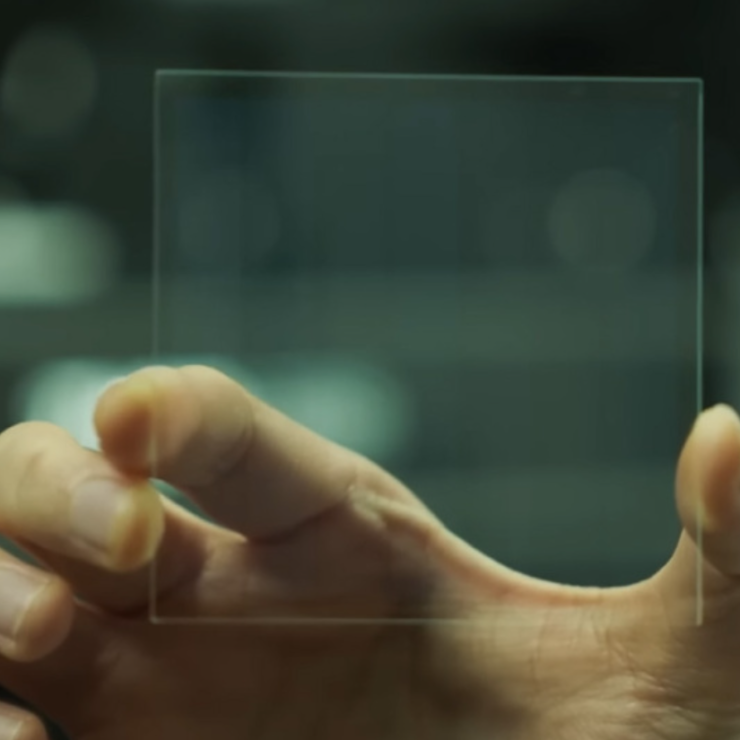
Glass Storage Technology : A Revolution in Data Storage
Author:Veena Mathews
Published:
In our increasingly digital world, the importance of data storage cannot be overstated. With the sheer volume of data we generate, the need for reliable, long-lasting, and sustainable storage solutions is paramount. This is where Glass Storage Technology otherwise called as Project Silica, an innovative initiative from Microsoft is introduced.
Project Silica is at the forefront of a new kind of data storage technology. It uses quartz glass as a storage medium, with data encoded using an ultrafast laser. The data is then read and decoded using a computer-controlled microscope. The result? A robust storage solution that can hold several terabytes of data in a small piece of glass.

Here are some key features of Project Silica:
- Durability: The quartz glass is resistant to common sources of damage such as water, heat, and scratches.
- Longevity: Unlike traditional magnetic media, glass does not degrade over time, eliminating the need for regular data migration.
- Security: Once data is written into the glass, it cannot be altered. This could potentially make ransomware attacks impossible in data centers and hyperscale’s.
Despite these promising features, Project Silica is still in the development stage. Microsoft has made quick progress with the technology, including successful demonstrations of storing data on glass. However, it is expected to go through several more developmental stages before it is ready for commercial use.
At the recent Microsoft Ignite conference, the company shared the latest updates on Project Silica. The project continues to make strides in developing this revolutionary storage technology. The team is co-designing the hardware and software stacks from scratch, from the media all the way up to the cloud user API. This includes a novel, low-power design for the media library that challenges what the robotics and mechanics of archival storage systems look like.
In conclusion, Project Silica represents a significant leap forward in data storage technology. While it is not yet commercially deployed, its potential for providing a durable, secure, and high-capacity storage solution is undeniable. As we continue to generate and rely on data in our digital world, technologies like Project Silica will play an increasingly significant role in how we store and access that data. However, like any technology, it has its limitations and is not a one-size-fits-all solution. It will be interesting to see how these challenges are addressed as technology continues to evolve.



